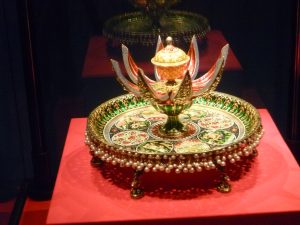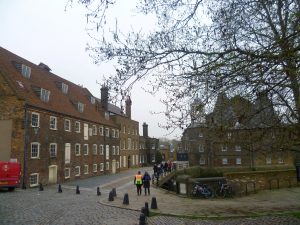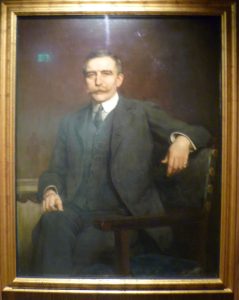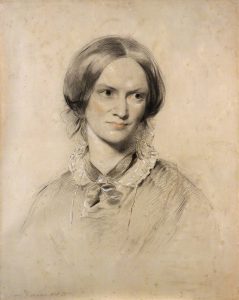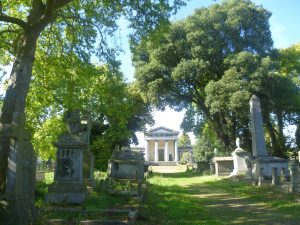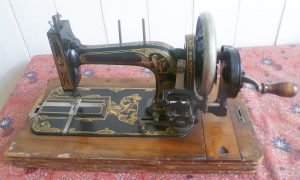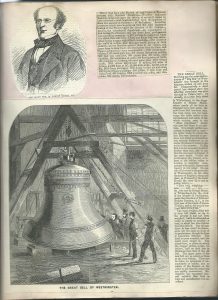The Historic Dockyard, Chatham, on the River Medway in Kent must surely be one of the most extraordinary places in the U.K. and, I’m ashamed to say, I scarcely knew it existed. It had been a Royal Naval Dockyard since Henry VIII’s time; the diarist, Samuel Pepys, in his capacity as Clerk of the King’s Ships visited regularly in the 1660s. Charles Dickens’ father worked in the Cashiers’ Office here from 1817-22. At least I’d heard of the Dockyard’s famous ropewalk – over a quarter of a mile long, and still in operation. What’s more, the dockyard is only forty minutes by fast train from London, so I had no excuse not to visit.
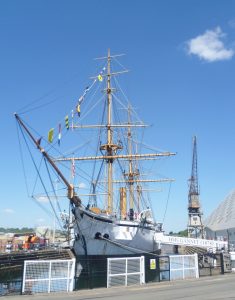
H.M.S. Gannet (1878) in dry dock
Continue reading Chatham’s Historic Dockyard
Please share this page...
